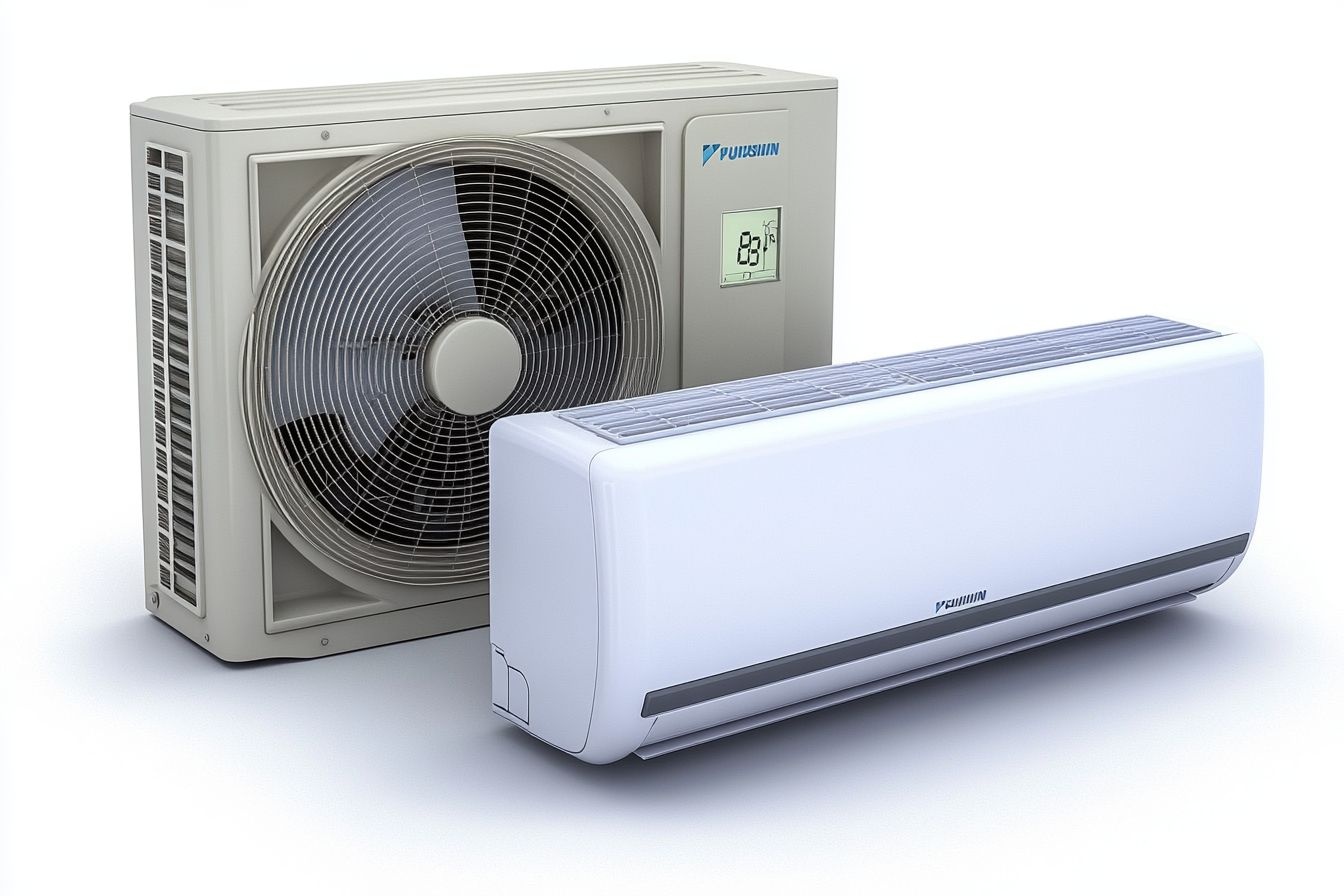Understanding Air Conditioning: Keeping Cool and Comfortable
Air conditioning has become an essential part of modern life, providing comfort and relief from hot and humid weather. Whether you're looking to install a new system or upgrade your existing one, understanding the various types of air conditioners and their benefits can help you make an informed decision. In this article, we'll explore the world of air conditioning, focusing on ductless air conditioning and mini-split systems, and how they can improve your home cooling experience.

A ductless air conditioning system consists of two main components: an outdoor unit (compressor) and one or more indoor units (air handlers). The indoor units are mounted on walls or ceilings in the rooms you want to cool, while the outdoor unit is installed outside the building. These components are connected by a small conduit that houses the refrigerant lines, power cable, and condensate drain.
How does a mini-split system work?
Mini-split systems operate on the same principle as traditional air conditioners but with a more streamlined approach. The process begins when warm air from your room is drawn into the indoor unit. This air passes over a cooling coil filled with refrigerant, which absorbs the heat from the air. The cooled air is then blown back into the room, while the heated refrigerant travels to the outdoor unit through the connecting lines.
In the outdoor unit, the compressor pressurizes the refrigerant, further increasing its temperature. As the hot refrigerant passes through the condenser coils, it releases its heat to the outside air. The cooled refrigerant then returns to the indoor unit, and the cycle continues.
One of the key advantages of mini-split systems is their ability to provide zoned cooling. Each indoor unit can be controlled independently, allowing you to set different temperatures for different rooms or turn off cooling in unoccupied areas, resulting in improved energy efficiency and personalized comfort.
What are the benefits of ductless air conditioning?
Ductless air conditioning systems offer several advantages over traditional central air conditioning:
-
Energy efficiency: Without the need for ductwork, mini-split systems avoid the energy losses associated with air leaks in ducts. This can result in significant energy savings and lower utility bills.
-
Flexible installation: Indoor units can be placed in various locations, making them ideal for room additions, sunrooms, or areas where ductwork is impractical.
-
Improved air quality: Ductless systems do not circulate air throughout the entire house, reducing the spread of dust, allergens, and other pollutants.
-
Quiet operation: Indoor units are designed to operate quietly, providing a more peaceful environment compared to central air systems.
-
Easy maintenance: With fewer components and no ductwork to clean, mini-split systems are generally easier and less expensive to maintain.
How to choose the right air conditioner for your home
When selecting an air conditioning system for your home, consider the following factors:
-
Home size and layout: Determine the square footage of the area you need to cool and whether you want to cool the entire house or specific rooms.
-
Climate: Consider your local climate and how often you’ll need to use the air conditioner throughout the year.
-
Energy efficiency: Look for systems with high SEER (Seasonal Energy Efficiency Ratio) ratings to ensure lower energy consumption and operating costs.
-
Budget: Consider both the initial installation costs and long-term operating expenses when making your decision.
-
Existing infrastructure: If your home already has ductwork, a central air system might be more cost-effective. For homes without ducts, a ductless system could be the better choice.
What to expect during the installation process
Installing a ductless air conditioning system is generally less invasive and time-consuming than installing a central air system. The process typically involves the following steps:
-
Site assessment: An HVAC professional will evaluate your home and recommend the best locations for the indoor and outdoor units.
-
Mounting the indoor unit: The installer will secure the mounting bracket to the wall or ceiling and attach the indoor unit.
-
Creating a small opening: A hole (about 3 inches in diameter) is drilled through the wall to connect the indoor and outdoor units.
-
Installing the outdoor unit: The compressor is placed on a concrete pad or mounted on brackets attached to the exterior wall.
-
Connecting the units: The refrigerant lines, power cable, and condensate drain are run through the wall opening and connected to both units.
-
System testing: The installer will test the system to ensure proper operation and make any necessary adjustments.
The entire installation process usually takes one to two days, depending on the number of indoor units being installed and the complexity of the setup.
In conclusion, ductless air conditioning systems offer a versatile and efficient solution for home cooling. By understanding the benefits and operation of mini-split systems, you can make an informed decision about whether this type of air conditioner is right for your home. With proper installation and maintenance, a ductless air conditioning system can provide years of comfortable, energy-efficient cooling for your living spaces.






